 |
||
The Single Cutoff, An Easy Concept To Explain, A Sometimes Difficult Task For Young Players To Accomplish!The single cutoff seemingly is a concept well known to all those spectators gathered at youth baseball fields everywhere. This instruction is routinely yelled out loud and clear,"Hit The Cutoff Man." While it seems a relatively easy task to accomplish, the reality is that it is not. On any given field, on any given day, you can see numerous missed relays from Little League through MLB. Many believe that the system was designed for younger players, whose arms were not strong enough to reach the base they needed to throw to, thus the creation of a "relay man" who could then relay the ball on to that base. That belief evolves a step further as players develop and mature, their abilities and strength allow them to throw the ball to each base, without the assistance of a cutoff man. While the individual may no longer need assistance to reach the base with their throw, there is much more strategically inside the game that requires that relay man. Let's take a look inside this system. The Single Cutoff ~ What Is It?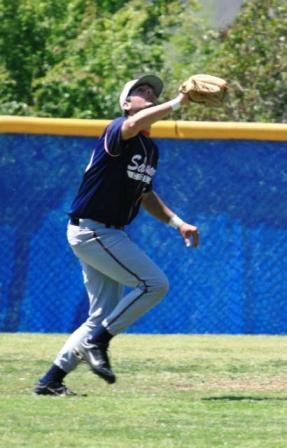
This play is used any time the baseball leaves the infield, going to the outfield area. This could be from a base hit, a groundball getting past or through an infielder, a fly ball, a thrown ball, etc.
Once the ball is into the outfield, an infielder becomes the go between, positioned between the outfielder fielding the ball and the base they will need to throw to. The player, at the base the throw will be coming to, positions the relay man to get him lined up, giving the outfielder a direct throw, through the player to the base.Single Cutoff Tips ~ From the Dugout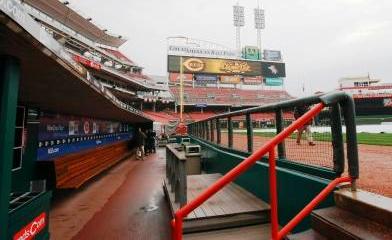
What Makes Your Single Cutoff System Work?Communication! As players are communicating, they are thinking on the run. This ability translates into a free flowing, flexible group of players who are able to adjust to anything the game can throw at them. The picture below is a "cut 2" call, to get the batter/runner attempting to take second base on the outfielder's throw. It is all about communication and anticipation!
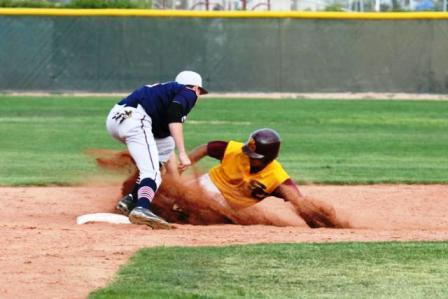 Lou Gehrig Said It. We All Should Never Forget It; "Each Of Us Is Lucky To Get The Chance To Play Ball"!Single Cutoff Diagrams return from single cutoff to the ole ballgame.com 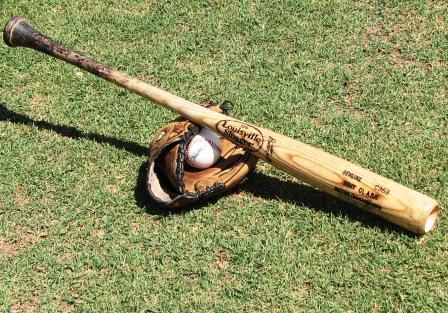 |
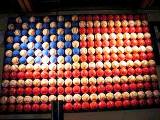 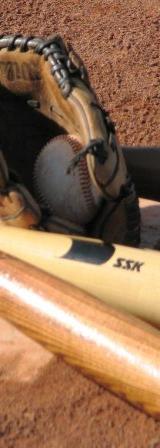 |
|
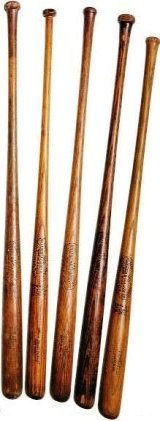 |
||
|
| ||